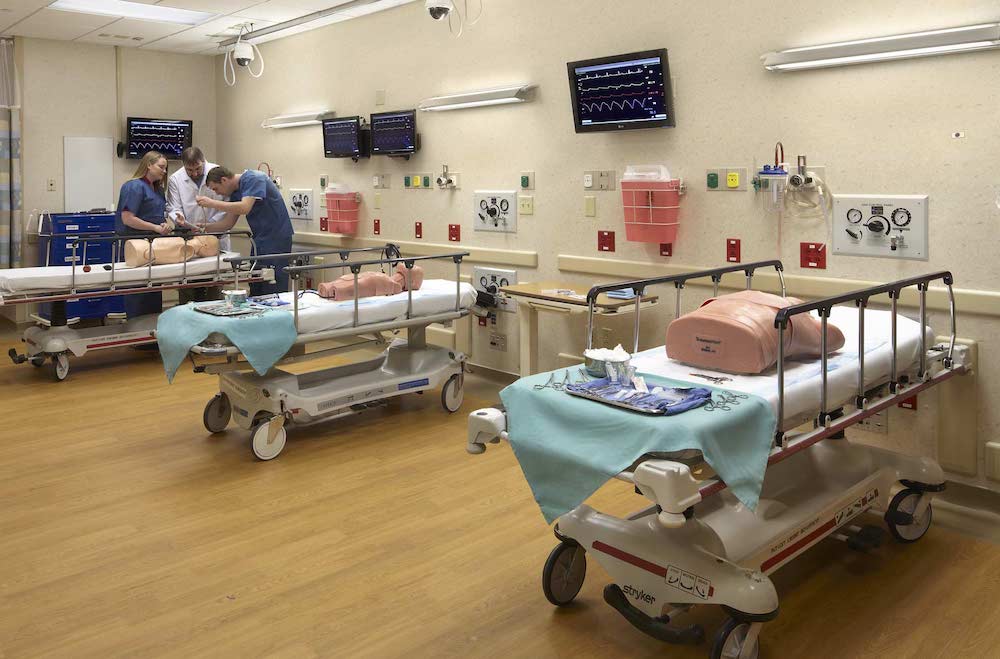Simulation Centre
A simulation centre is any location where healthcare education involving experiential learning, aka healthcare simulation, is conducted. Typically, larger facilities with multiple simulation labs are designated as sim centres whereas, smaller spaces with only a single lab may be named as simulation laboratories. The nomenclature is rather arbitrary and depends on the parent organization, and of course in some parts of the world the term Simulation Center is used instead.
Experiential learning in one form or another has been around for centuries, however in the last twenty years, the use of medical simulation in all levels of medical education has grown exponentially. Experiential learning and clinical experience are based on the concept that people learn best through hands-on experience followed by a period of reflection in which the learner themselves considers their own behaviors and makes decisions about future actions.
Other names for experiential learning include interactive or immersive learning. Research has shown that clinical simulation education increases the confidence of learners, diminishes the time it takes for learners to reach competency, improves clinical judgment and skills and most importantly reduces error and improves patient safety.
Sponsored Content:
Healthcare simulation education is varied and can include task trainers, human patient simulators or manikins, standardized patients, virtual reality and other forms of virtual simulation based education. A sim centre may have any or all of the below types of healthcare simulation:
- Task Trainers: Simple anatomical models that allow for repeated practice e.g. IV insertion or catheter insertion, generally with a facilitator alongside with direct corrective instruction until mastery can be reached ideally
- Human Patient Simulators (HPS): A range of manikins that mimic the human body.
- This type of healthcare simulation typically involves a scenario with a particular clinical scenario with learning objectives e.g. cardiac arrest. The scenario is followed by a debrief which is either conducted in the same room or separate to the healthcare simulation scenario. Additional learners may watch the clinical simulation scenario live either through a one-way mirror or live video feed. The clinical simulation scenario may be recorded which means with psychological safety considerations the clinical simulation scenario can be played back to learners for review, reflection and identification of ways to improve care.
- Low-Fidelity Patient Manikin: Basic patient simulator with some capacity to mimic human physiology for clinical simulation scenarios – most often used in Nursing schools or long-term care facilities.
- High-Fidelity Patient Manikin: Highly specialized patient manikins with multiple capabilities for body parts and functions to occur which closely resemble human physiology. For example: birthing simulators which allow obstetricians, midwives and nurses to practice normal, difficult and life-threatening deliveries of babies. Some examples include shoulder dystocia or postpartum hemorrhage.
- Standardized or Simulated Patients (SP): Specially trained people (actors) who mimic various medical conditions. Standardized Patients are often used for medical student examinations but are also being used more for hospital based healthcare simulation programs.
- Surgical Simulators: Highly specialized simulators for surgeons to practice particular skills e.g. laparoscopic and ultrasound trainers.
- Virtual Reality Simulators: Life-like computerized simulations where the learner must respond to the given clinical situation. These can be undertaken in a virtual reality headset or as a screen based virtual simulation on a computer or tablet.
HealthySimulation.com is dedicated to providing the latest Simulation Centre news and medical simulation resources from around the world. To follow along, sign up for our free medical simulation email newsletter, follow @HealthySim on Twitter and @HealthySim on Facebook, or join our HealthySimulation.com LinkedIn Company Page!
Custom built healthcare simulation spaces are now a part of medical schools, nursing schools, medical centres, clinics and hospitals all over the world. The medical simulation industry estimated is worth billions of dollars globally. The structure and size of the simulation centre will depend on the desired educational goals and budget. Some institutions have whole buildings dedicated to clinical simulation, some have several floors and others may have a single room or two.
Some clinical simulation facilities have a variety of simulation labs such as rooms that mimic regular medical surgical rooms, operating theaters, emergency rooms, critical care rooms or delivery rooms. There may be examination rooms for use with standardized patients, computer labs for virtual reality or rooms dedicated for surgery simulators. Most sim labs have control rooms where the clinical simulation technologist and educators (content experts) oversee the healthcare simulation.
Sponsored Content:
In addition to the spaces dedicated for clinical simulation labs, there may be classrooms, study rooms, rooms for administrative staff, lab preparation rooms and storage rooms. Manikins and other large pieces of patient simulator equipment may be left in place or interchanged dependant on the type of clinical simulation scenario. A lot of healthcare simulation scenarios take place in a simulation centre if there is one present in an organization. However, a lot of healthcare simulation can occur “in situ” as well or in a clinical environment where patients are cared for.
View the LEARN CE/CME Platform Webinar How Simulation Centers Can Expand Use and Support of Healthcare Innovation to learn more!
Smaller institutions build simulation centres but they may consist of one or two labs and debrief rooms. As the simulation centre becomes more elaborate with high-fidelity manikins, the cost of the building alone may run into millions of dollars. In addition, simulation centres have complex IT and computer components for video recording, data recording and playback. Many expensive manikins are wireless and tetherless, have voice output, monitor displays and computers to operate them. Add in anesthesia equipment, defibrillators, medication dispensers, patient monitors, headwalls with gases and suction and the cost to build a simulation centre will continue to rise.
Once a sim centre is built, funding will be required for healthcare simulation educators and management staff. Budget will also be required to both operate and repair equipment as well as the requirement of a clinical simulation technician staff member to undertake these tasks. Funds must be built into any budget for supplies, repair of clinical simulation equipment and replacement of manikins as they become obsolete and technology improves, innovates and changes.
Perhaps the cost of these simulation centres may seem high, but the value of healthcare simulation in undergraduate, graduate and ongoing clinical competency is now well published. Healthcare simulation based education and therefore simulation centres play a key role to prevent patient harm. Currently, at least for the foreseeable future, simulation centres are here to stay.
3 Examples of Simulation Centres Across the World
- Khalaf Ahmad Al Habtoor Medical Simulation Center (KHMSC)
- Immersive Design Systems, (IDS) Boston Children’s Hospital
- Bristol Medical Simulation Centre, UHBW Simulation Centre
Sim Centre Latest News

Dr. Pam Jeffries Upcoming Webinar on Developing Healthcare Simulation Centers to Create Realistic Clinical Scenarios!
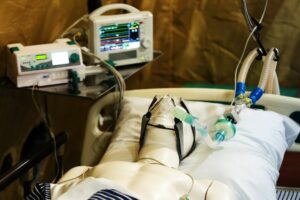
How to Run a Clinical Simulation Program Without a Simulation Center
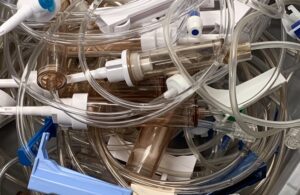
Healthcare Simulation Sustainability: Reuse, Refill, Recycle, Request
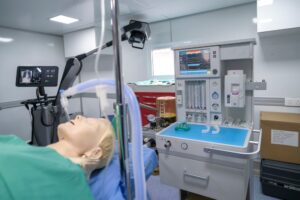
Sim-Zones: Sistema de Organización para el Aprendizaje Basado en Simulación Clínica
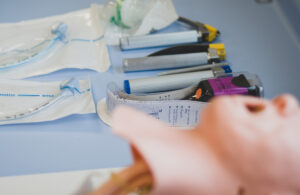
How Automation is Advancing Quality Healthcare Simulation
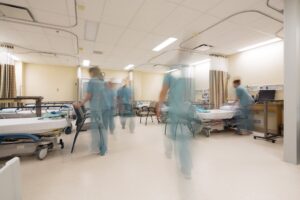
New Clinical Simulation Center Updates | January 2022

How to Run a Postpartum Hemorrhage Nursing Simulation Scenario

Celebrating the Holiday Season Across Healthcare Simulation

New Clinical Simulation Center Updates | September 2022

How Simulation Centers Can Expand Use and Support Innovation

How To Establish Effective Familiarization Across Healthcare Simulation
Sponsored Content:



